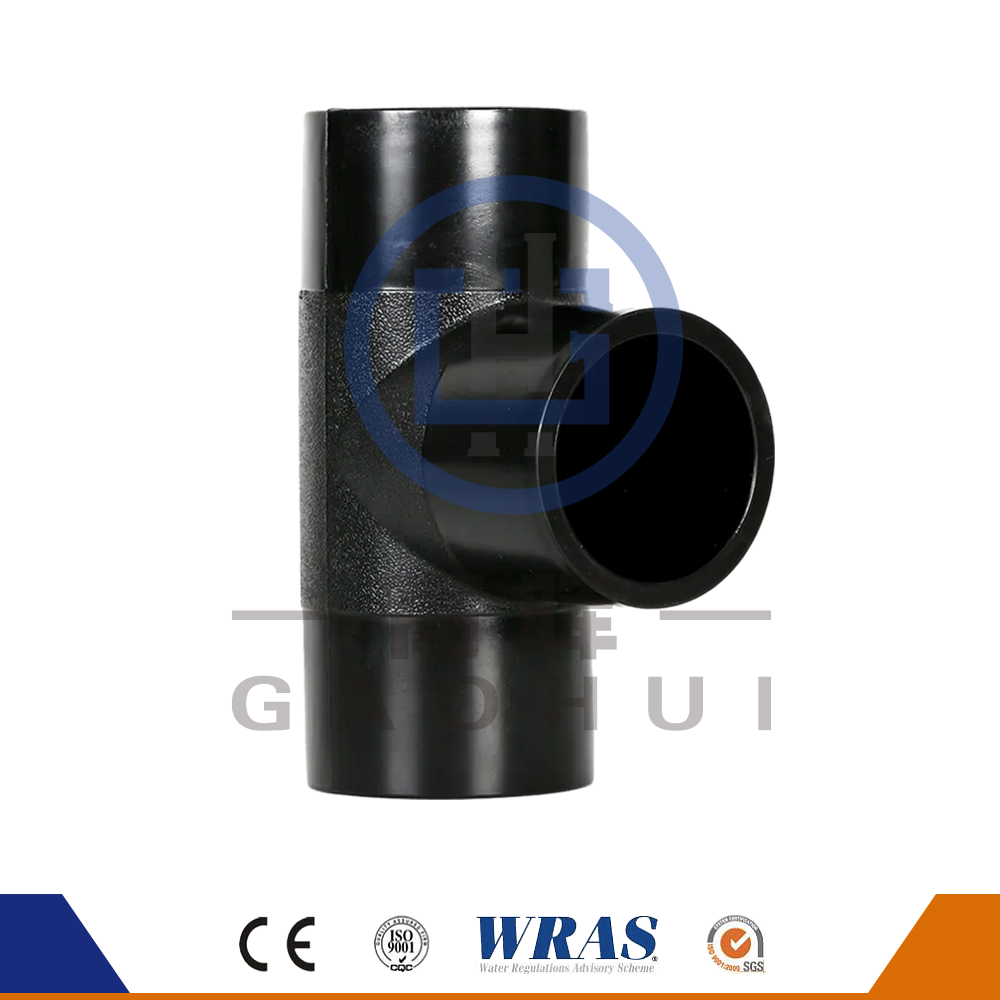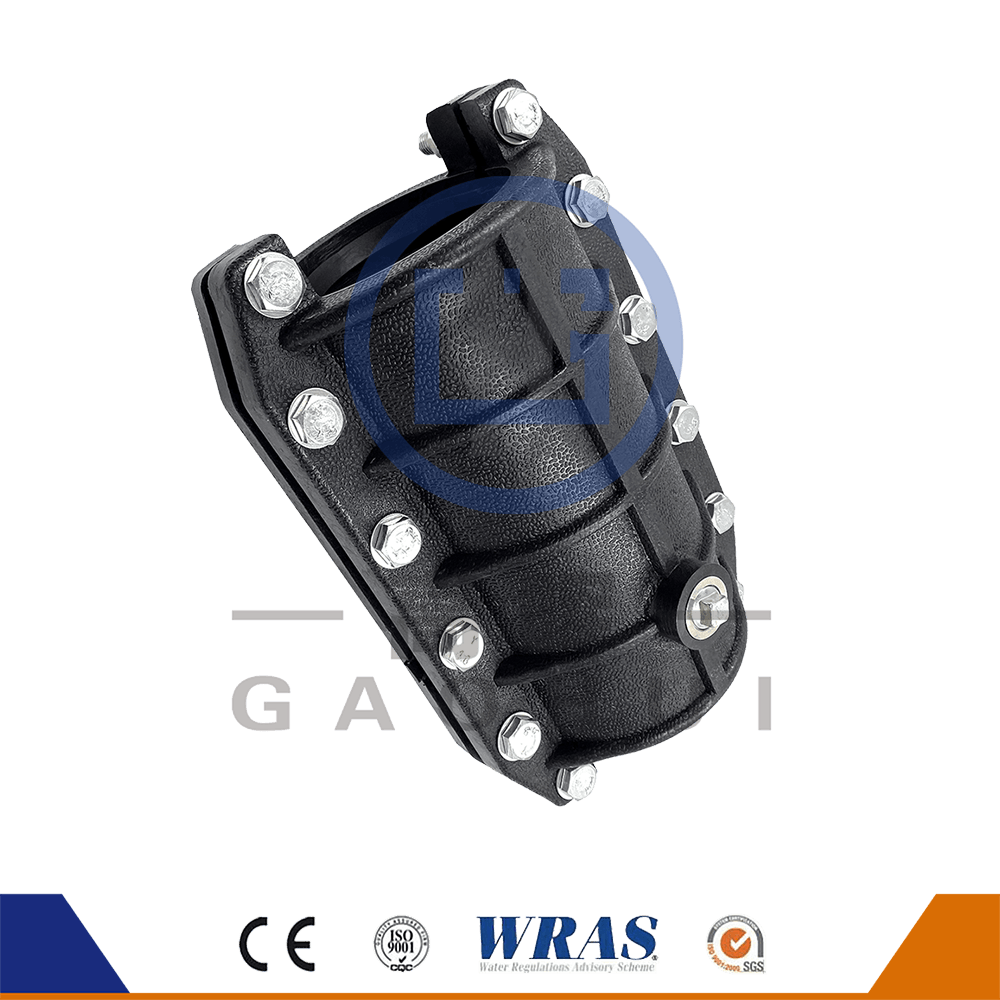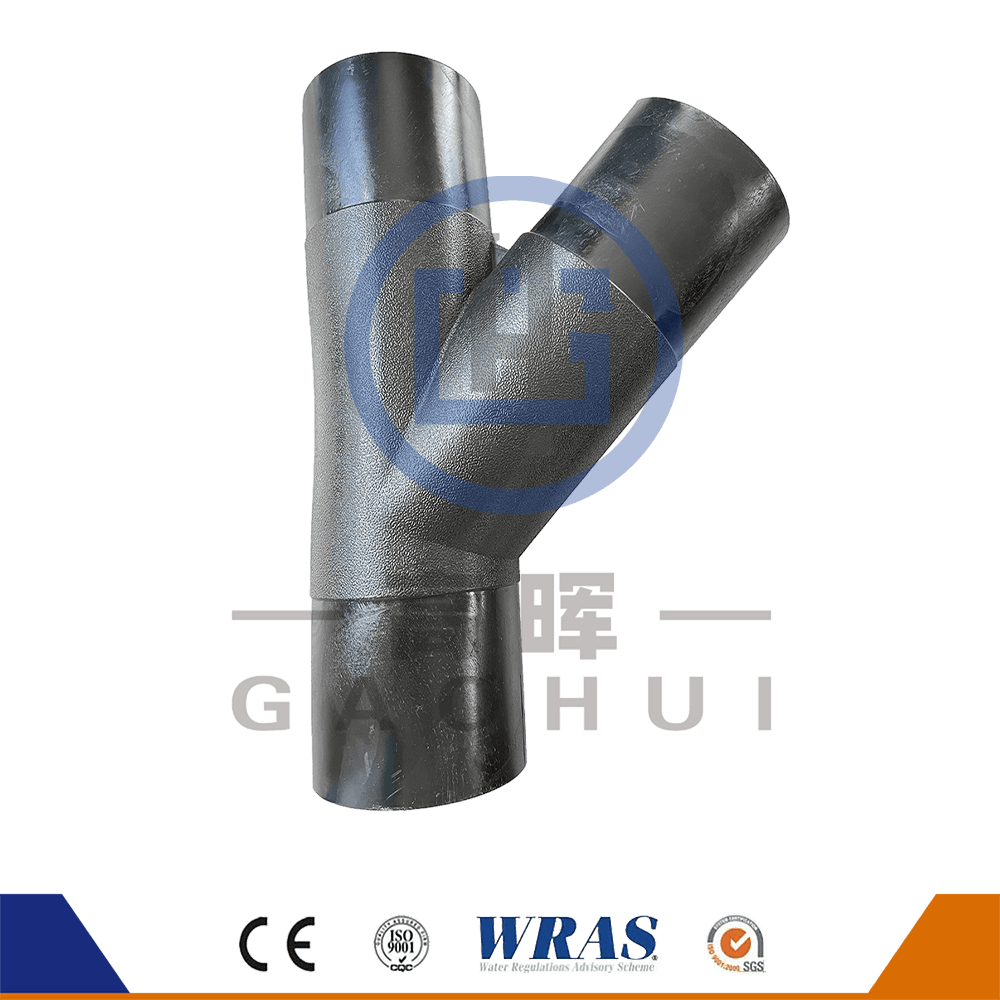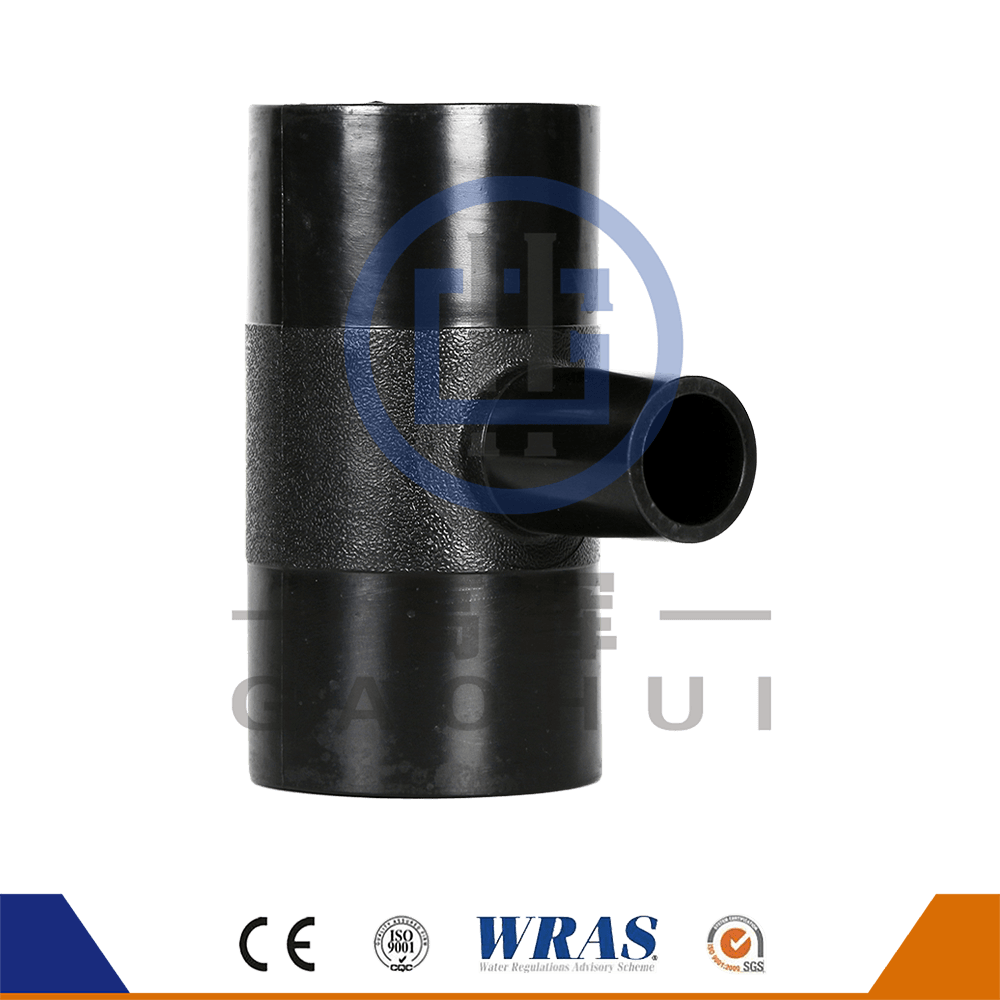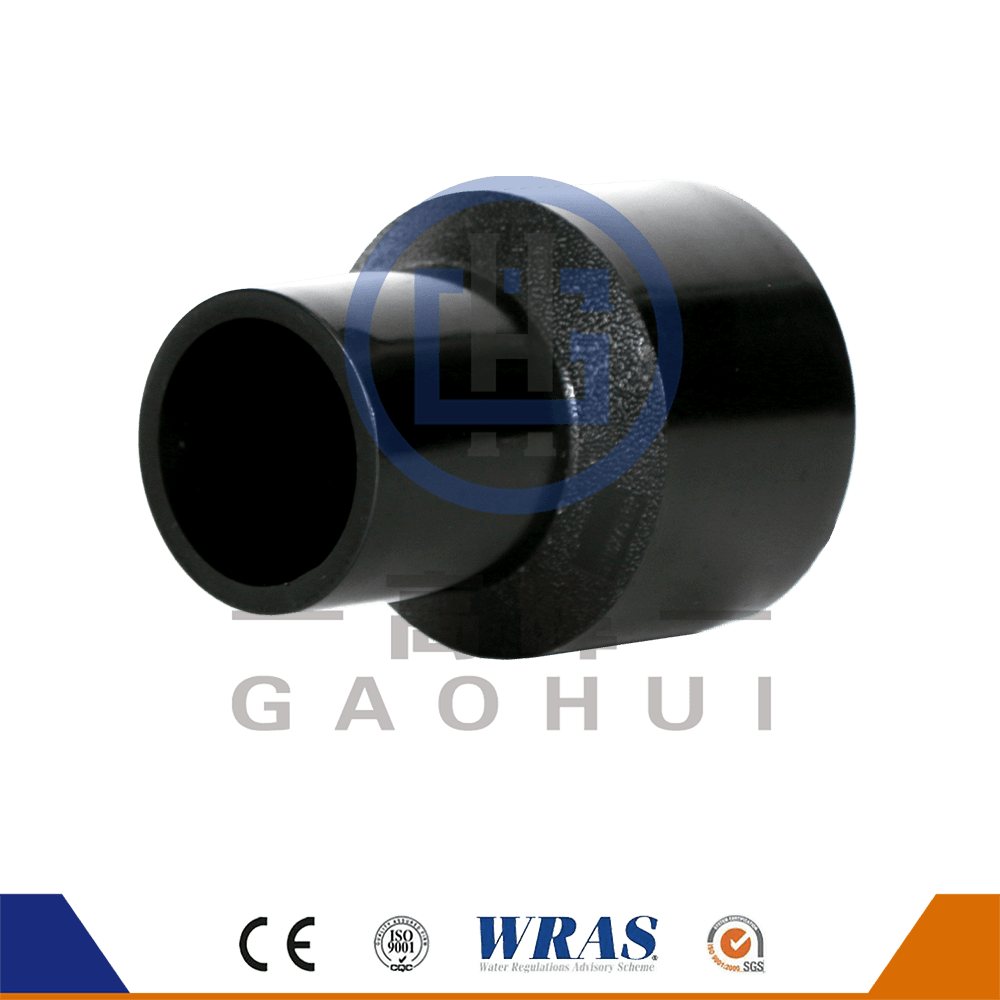Against the backdrop of accelerating global infrastructure construction and deepening green and low-carbon development concepts, HDPE Butt Fusion Fitting is increasingly becoming a key connection material in various transmission and distribution pipeline systems. Its physical properties, stable hot-melt connection technology, and high adaptability in a variety of complex environments have led to the continuous extension of its application boundaries, driving a continuous "technological innovation + market upgrade" boom in the traditional plastic pipe segment. According to data from market research institutions, the global market size of HDPE butt fusion fittings has doubled in the past five years and is expected to continue to maintain an average annual growth rate of more than 7% before 2030. This growth comes not only from its widespread adoption in traditional municipal engineering, but more importantly, from its rapid penetration in multiple emerging fields such as agriculture, industry, energy, transportation and environmental protection.
Traditionally, HDPE pipe fittings are mostly used in municipal pipe network systems such as urban water supply and sewage treatment. However, in recent years, with the improvement of construction technology, material performance and engineering application standards, this material is gradually breaking the industry stereotype of "water pipes".
In the context of agricultural modernization, traditional concrete or metal water pipelines face problems such as easy aging, difficult construction, and high maintenance costs. HDPE butt-welded pipes are ideal for agricultural water conservancy projects such as drip irrigation, sprinkler irrigation, and high-pressure irrigation due to their corrosion resistance, wear resistance, and convenient installation. In the mining industry and chemical transportation systems, since the media are mostly acidic and alkaline liquids, slurry, or high-pressure gas, the sealing and chemical resistance of the pipeline system are extremely high. HDPE pipe fittings can effectively resist a variety of chemical erosions by modifying and enhancing the raw materials, while maintaining structural strength in high-wear, high-pressure transportation environments. In natural gas and gas pipeline systems, the widespread adoption of HDPE butt-welded pipes has become a mainstream trend. Compared with traditional cast iron or steel pipe systems, it has stronger sealing, integrated joint welding, and avoids leakage hazards. It is particularly suitable for medium and low-pressure natural gas transmission and distribution projects.
The core advantage of HDPE butt-welding technology lies in "hot-melt seamless connection", that is, heating and pressurizing the pipes at both ends through special welding equipment to achieve molecular fusion of the pipe wall. This connection method eliminates the interface weakness and enables the overall pipeline system to have good internal pressure resistance and vibration resistance. In recent years, with the development of digital welding technology, HDPE butt welding equipment has increasingly integrated intelligent temperature control, welding parameter tracking, automatic recording of construction data and other functions, making it easier to standardize operations at the construction site and reduce manual errors. This traceable and controllable welding system is becoming the standard for modern engineering quality and safety requirements.
From the perspective of the global market, the demand for HDPE butt welding pipe fittings in different regions shows differentiated characteristics: Asia-Pacific, as a region with active global infrastructure investment, Asia-Pacific countries such as China, India, Indonesia, and the Philippines are vigorously promoting urban and rural water supply transformation and agricultural modernization, and the demand for HDPE is growing rapidly; in the Middle East and Africa, in desert areas, HDPE's corrosion resistance, high temperature resistance, and long-distance laying characteristics are favored, especially in seawater desalination and energy industry applications; in North America and Europe, although the market is relatively mature, driven by policies such as the renewal of old pipe networks and the promotion of green buildings, HDPE plays an irreplaceable role in the upgrading of urban infrastructure.


 English
English русский
русский عربى
عربى